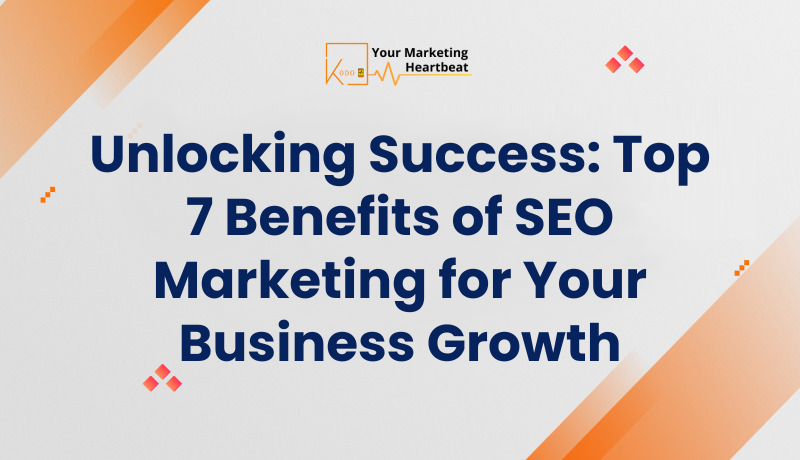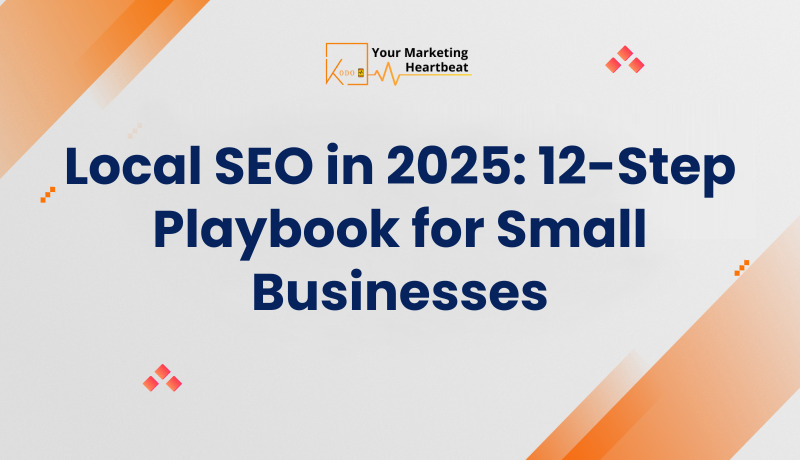

Search Engine Optimization (SEO) marketing has become an indispensable tool for businesses aiming to thrive in the digital landscape. As we delve into the world of SEO, it’s crucial to understand its fundamental principles and how they can propel your business to new heights.
At its core, SEO marketing is the practice of optimizing your website and online content to improve its visibility in search engine results pages (SERPs). By implementing various strategies and techniques, we can enhance our website’s ranking for relevant keywords, making it easier for potential customers to find us when they’re searching for products or services related to our business.
The beauty of SEO lies in its holistic approach to improving your online presence. It encompasses various elements, including on-page optimization, content creation, link building, and technical improvements. By focusing on these aspects, we can create a robust online foundation that not only attracts more visitors but also converts them into loyal customers.
One of the most significant benefits of SEO marketing is its ability to dramatically increase your online visibility. In today’s digital age, where consumers turn to search engines for almost everything, being easily discoverable can make or break a business.
When we implement effective SEO strategies, we’re essentially positioning our business at the forefront of our industry in the digital realm. By optimizing our website for relevant keywords and providing valuable content, we increase our chances of appearing on the first page of search results. This visibility is crucial, as studies have shown that the majority of users rarely venture beyond the first page when looking for information or products.
Moreover, increased visibility through SEO doesn’t just mean more traffic; it means more targeted traffic. By focusing on keywords and topics relevant to our business, we attract users who are actively searching for what we offer. This targeted approach leads to higher conversion rates and a better return on investment compared to traditional marketing methods.
In the realm of digital marketing, SEO stands out as one of the most cost-effective strategies available. Unlike paid advertising, where we need to continually invest to maintain visibility, SEO provides long-term benefits that can significantly reduce our marketing costs over time.
Once we’ve established a strong SEO foundation, our website can continue to attract organic traffic without the need for ongoing paid campaigns. This sustainable approach allows us to allocate our marketing budget more efficiently, focusing on other areas of growth while our SEO efforts continue to drive results.
Furthermore, the targeted nature of SEO means we’re not wasting resources on reaching uninterested audiences. By focusing on users who are actively searching for our products or services, we ensure that our marketing efforts are always directed towards potential customers, maximizing our return on investment.
In today’s competitive business landscape, establishing credibility and trust with our audience is paramount. SEO plays a crucial role in this aspect by helping us position our brand as an authority in our industry.
When our website consistently appears at the top of search results for relevant queries, it sends a strong signal to users that we are a reputable and trustworthy source of information. This perception is further reinforced when we provide high-quality, informative content that addresses our audience’s needs and questions.
Moreover, SEO encourages us to improve various aspects of our website, such as user experience, loading speed, and mobile responsiveness. These improvements not only help with search engine rankings but also contribute to a positive user experience, further enhancing our credibility in the eyes of potential customers.
While many associate SEO primarily with improving search engine rankings, its benefits extend far beyond that. One of the often-overlooked advantages of SEO is its positive impact on user experience.
To succeed in SEO, we need to focus on creating a website that is not only search engine friendly but also user-friendly. This means improving site navigation, ensuring fast loading times, and optimizing for mobile devices. All these factors contribute to a better user experience, which in turn leads to higher engagement, longer time spent on site, and increased likelihood of conversions.
Furthermore, the content-driven nature of SEO encourages us to create valuable, informative content that addresses our audience’s needs and questions. By providing this valuable information, we’re not just improving our search rankings; we’re also establishing ourselves as a helpful resource for our customers, fostering loyalty and trust.
In today’s digital marketplace, staying ahead of the competition is crucial for business success. SEO provides us with a powerful tool to outperform our rivals and capture a larger share of the market.
By implementing effective SEO strategies, we can:
Moreover, as we climb the search rankings and increase our visibility, we’re effectively pushing our competitors down. This not only increases our market share but also makes it more challenging for new competitors to enter the space and gain traction.
One of the most compelling benefits of SEO marketing is its ability to deliver long-term, sustainable results. Unlike paid advertising, which stops delivering traffic the moment we stop paying, SEO continues to work for us long after the initial optimization efforts.
When we invest in SEO, we’re building a solid foundation for our online presence. As our website’s authority grows and our content library expands, we create a compounding effect where each new piece of content builds upon the success of previous efforts. This leads to:
Furthermore, the insights we gain from our SEO efforts can inform other areas of our marketing strategy, creating a synergistic effect that enhances our overall digital presence.
One of the most valuable aspects of SEO marketing is its ability to attract highly targeted traffic to our website. Unlike broad-reaching advertising methods, SEO allows us to connect with users who are actively searching for products or services related to our business.
This targeted approach offers several advantages:
By tailoring our SEO strategy to attract these quality leads, we can significantly improve the efficiency of our marketing efforts and drive sustainable business growth.
One of the great advantages of SEO marketing is the ability to measure and analyze our efforts with precision. Through various analytics tools, we can track key performance indicators (KPIs) that provide valuable insights into the success of our SEO strategies.
Some important metrics we can monitor include:
By regularly analyzing these metrics, we can:
This ability to measure and quantify results not only helps us refine our approach but also justifies further investment in SEO as we can clearly demonstrate its impact on our business growth.
Now that we’ve explored the numerous benefits of SEO marketing, it’s time to take action and implement these strategies in our own business. Here’s a step-by-step guide to get started:
By following these steps and consistently refining our approach, we can harness the power of SEO to drive sustainable business growth and outperform our competitors in the digital landscape.
Ready to unlock the full potential of your business through SEO marketing? Don’t let your competitors leave you behind in the digital race. Take the first step towards sustainable growth by implementing these SEO strategies today. If you need expert guidance, our team of SEO professionals is here to help. Contact us now for a free consultation and let’s create a customized SEO plan that will propel your business to new heights. Your success story starts with a single click – don’t wait, act now!
In conclusion, effective manual accessibility testing is vital for creating inclusive digital experiences. By combining human judgment with automated tools, organizations can identify and address nuanced accessibility issues that automated systems may overlook. This dual approach not only enhances compliance with accessibility standards but also significantly improves the user experience for individuals with disabilities. Key Points to Remember:
By prioritizing manual accessibility testing, organizations can foster a culture of inclusivity and ensure that their digital products are accessible to all users, ultimately enriching the online experience for everyone.



April 23, 2024